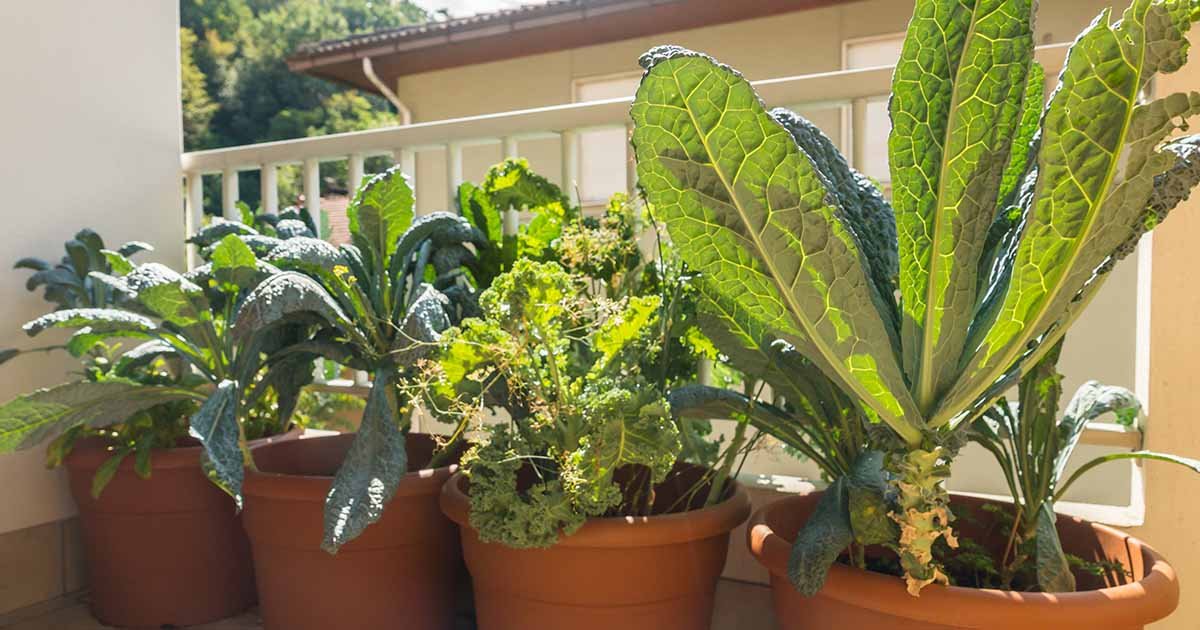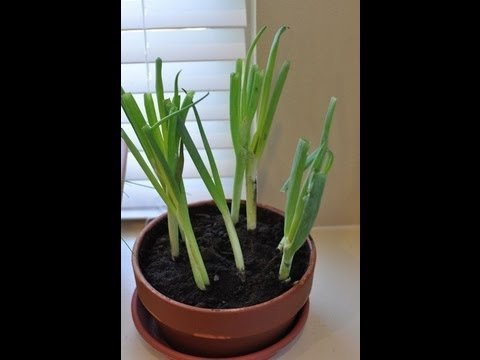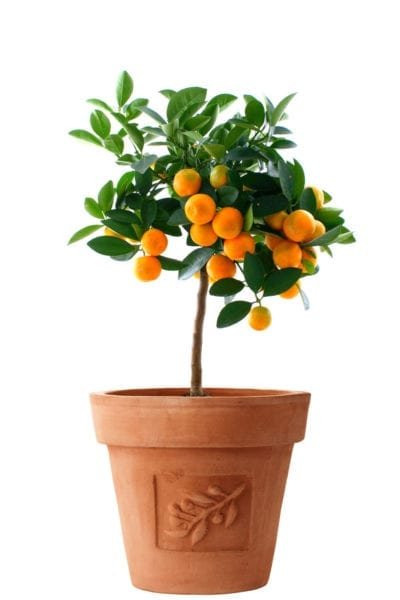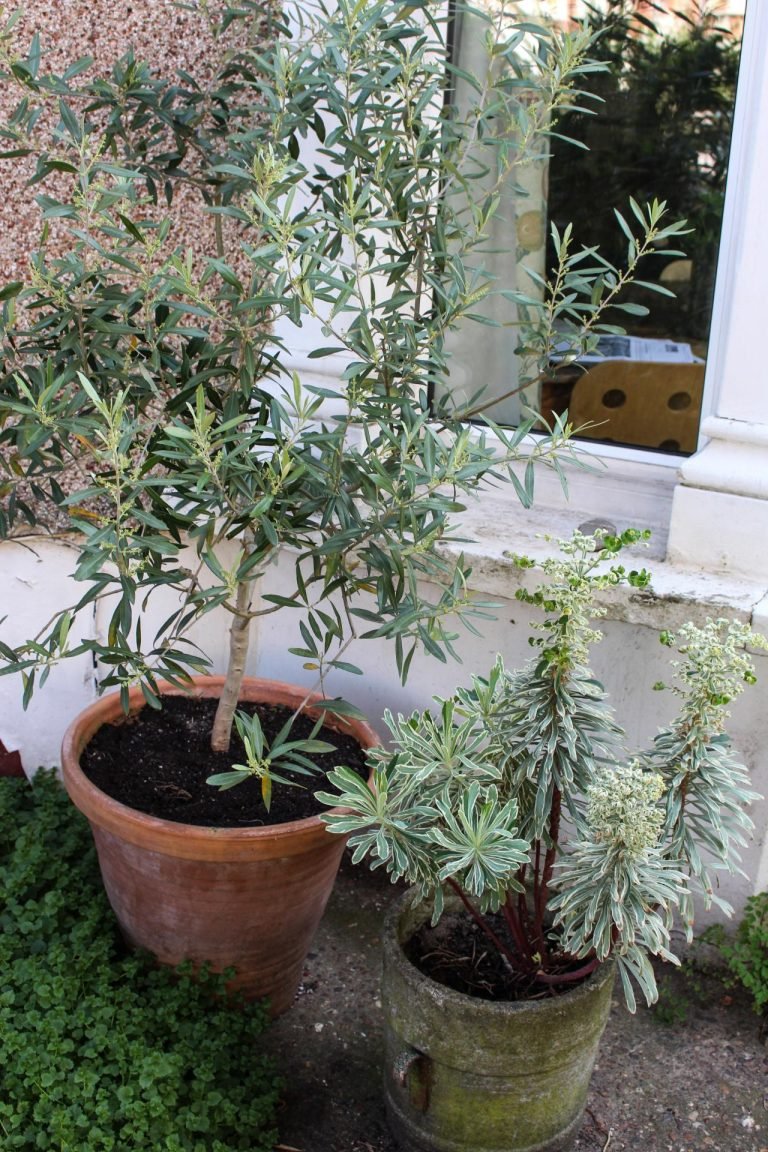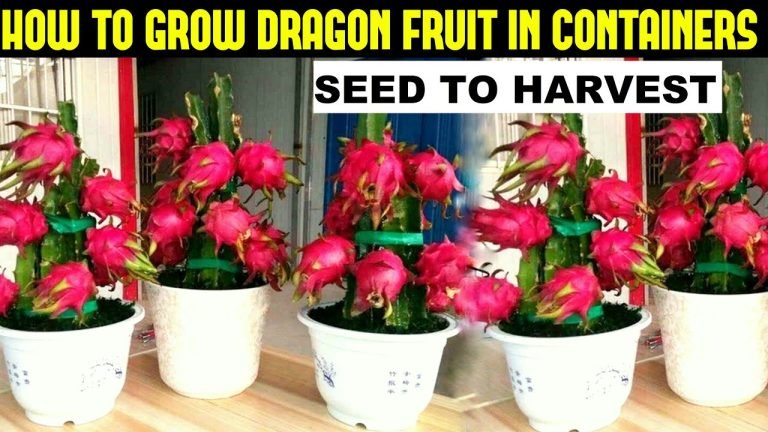how to grow kale in a pot – [Beginners Guide]
Hey there!
Have you been thinking of starting your own little kitchen garden but don’t have a lot of outdoor space? No problem! Growing kale in a pot is a fantastic solution for you. Kale is one of the most nutritious and versatile vegetables out there. Plus, growing your own means you’ll always have fresh greens on hand for smoothies, salads, and more.
I’ve been growing kale in pots for the past year, and it’s been such a joy to have fresh greens at my fingertips. Not to mention, it’s super easy to care for and perfect for apartment dwellers or those with limited outdoor space.
Did you know that kale is a low maintenance vegetable that grows well in pots? It’s true! All you need is a sunny location, good soil, and a pot that’s at least 8 inches deep. With these simple requirements, you’ll be able to harvest your own kale in just a few months.
In this guide, I’ll show you everything you need to know about growing kale in pots. From choosing the right soil and pot, to watering and fertilizing, I’ve got you covered. So, let’s get started!
Pot or container selection
Kale is a hardy vegetable that grows well in pots, but it’s important to choose the right pot for optimal growth. Here’s what you need to know:
Size of the pot: The pot should have a minimum capacity of 8 inches deep and 10 inches in diameter. This size of pot will provide enough room for the kale’s roots to grow and absorb the necessary nutrients.
Construction of the pot: The pot should be made of a material that will allow for proper drainage. Terracotta or plastic pots are great options, as they are both lightweight and allow for air flow to the roots. Avoid pots made of metal or wood, as they can get too hot in the sun and retain too much moisture.
It’s also a good idea to choose a pot with drainage holes at the bottom to prevent water from pooling around the roots and causing root rot. Make sure to place a layer of stones or pebbles at the bottom of the pot before adding soil to help with proper drainage.
In summary, for growing kale in pots, look for a pot with a minimum capacity of 8 inches deep and 10 inches in diameter, made of a material that allows for proper drainage (such as terracotta or plastic), and with drainage holes at the bottom.
Make suitable soil mix
Having the right soil mix is essential for growing kale in pots. Here’s what you need to know about choosing the right soil for your kale plants:
Type of soil: Kale plants prefer well-draining soil that is rich in organic matter. A good option is a high-quality potting mix or a mixture of equal parts peat moss, compost, and perlite.
Soil composition: The soil should be slightly acidic with a pH of 6.0 to 6.5. It’s a good idea to test the soil pH before planting to ensure that it is in the correct range. If the pH is too high, you can lower it by adding sulfur to the soil.
In addition to having the right pH, the soil should also be rich in nutrients. You can amend the soil with compost or organic fertilizer before planting, or you can feed the plants with a balanced, water-soluble fertilizer every 2-3 weeks during the growing season.
In summary, for growing kale in pots, look for a well-draining soil mix that is rich in organic matter, slightly acidic with a pH of 6.0 to 6.5, and well-nourished with nutrients.
How to plant the kale?
Planting kale in a pot at home is a simple process that just requires a few basic steps. Here’s a step-by-step guide to get you started:
- Prepare the pot: Choose a pot with a minimum capacity of 8 inches deep and 10 inches in diameter, made of a material that allows for proper drainage (such as terracotta or plastic), and with drainage holes at the bottom. Fill the pot with a mixture of equal parts peat moss, compost, and perlite.
- Plant the seeds: Sow the seeds about 1/4 inch deep and 2-3 inches apart. Cover the seeds with soil and water gently.
- Place in a sunny location: Place the pot in a sunny location with at least 6 hours of direct sunlight per day.
- Water regularly: Water the seeds regularly, making sure to keep the soil moist but not waterlogged. Reduce watering as the plants mature.
- Fertilize: Feed the plants with a balanced, water-soluble fertilizer every 2-3 weeks during the growing season.
That’s it! With just a few basic steps, you’ll have fresh kale growing in your own kitchen garden in no time.
Remember, kale is a hardy vegetable that grows well in pots, but it’s important to choose the right pot and soil mix, place it in a sunny location, water regularly, and fertilize to ensure optimal growth.
How to care for kale?
Caring for Kale in a Pot at Home
Watering Requirement
Kale plants need to be kept consistently moist but not waterlogged. Make sure to water the plants regularly, especially during dry spells, and always check the soil moisture level before watering. A good rule of thumb is to water the plants when the top inch of soil feels dry to the touch.
Fertilizer Requirement
Kale plants prefer soil that is rich in nutrients, so it’s important to fertilize them regularly. Use a balanced, water-soluble fertilizer every 2-3 weeks during the growing season. You can also amend the soil with compost or organic fertilizer before planting to provide extra nutrients.
Sunlight Needs
Kale plants require at least 6 hours of direct sunlight per day to grow well. Place the pot in a sunny location, such as a windowsill or balcony, to ensure that the plants receive enough sunlight. If you don’t have a sunny location, you can supplement natural light with artificial light, such as grow lights, to ensure optimal growth.
Pruning & Training
Pruning and training kale plants can help to promote healthy growth and prevent the plants from becoming too leggy. Pinch off the growing tips of the plants regularly to encourage bushier growth and to keep the plants compact. You can also tie the stems to a support, such as a bamboo stake, to prevent the plants from falling over as they grow taller.
Other Care
Kale is a hardy vegetable that is easy to grow in pots, but it’s important to keep an eye out for any pests or diseases that may arise. If you notice any issues, such as yellowing leaves or stunted growth, it’s best to address the problem promptly to prevent it from spreading and affecting the rest of your plants.
In summary, growing kale in pots is easy and rewarding, but it’s important to provide the plants with the right conditions for optimal growth. Make sure to water the plants regularly, fertilize regularly, place the pot in a sunny location, prune and train the plants, and keep an eye out for any pests or diseases that may arise.
Common problems
Common Problems with Kale grown in a Pot at Home
Pests and Insects
Kale plants are susceptible to a variety of pests and insects, such as aphids, flea beetles, and caterpillars. These pests can cause damage to the leaves and stems, reducing the quality and yield of the plants. To prevent pest and insect damage, regularly inspect the plants and remove any pests that you find by hand. You can also use organic pest control methods, such as insecticidal soap or neem oil, to keep pests at bay.
Diseases
Kale plants can also be affected by various diseases, such as powdery mildew, downy mildew, and black rot. These diseases can cause yellowing leaves, stunted growth, and reduced yields. To prevent disease, make sure to plant kale in well-drained soil, avoid overcrowding the plants, and avoid overhead watering. If you notice any symptoms of disease, remove and dispose of infected plants promptly to prevent the disease from spreading.
Poor Production
Poor production can be caused by a variety of factors, such as inadequate sunlight, insufficient water, or poor soil conditions. Make sure to provide the plants with the right growing conditions, such as 6 hours of direct sunlight per day, consistent watering, and fertile soil, to ensure optimal growth and production. If you’re still having trouble with poor production, consider adding a slow-release fertilizer to the soil, or supplementing natural light with artificial light.
Other Issues
Other common issues with kale grown in pots include leggy growth, over-fertilization, and root rot. Leggy growth can be prevented by pruning the plants regularly and providing adequate sunlight. Over-fertilization can be prevented by following the recommended fertilizer application rate. Root rot can be prevented by planting kale in well-drained soil and avoiding overwatering.
In summary, growing kale in pots can be a rewarding experience, but it’s important to be aware of the common problems that can arise. Keep an eye out for pests and insects, diseases, poor production, and other issues, and take action promptly to prevent and address these problems. With the right care and attention, you can grow delicious, healthy kale in your own home.
Harvesting & storing homegrown kale
Explain when and how to harvest and store homegrown kale . How to know when they are ready for harvesting? Write short paragraphs. Bold most important information. Use list and H3 headings where necessary to explain the steps. Make the final output in HTML format.
Growing kale in container – Conclusion
Conclusion
Growing ginger in a pot at home is a fun and rewarding experience. By following the steps outlined in this guide, you can successfully grow your own ginger root and enjoy its many health benefits and culinary uses. From selecting the right pot and soil, to providing adequate light, water, and fertilization, to harvesting and storing your ginger, you will be well on your way to a thriving ginger plant.
Here are some key takeaways to keep in mind:
- Choose a well-draining pot and soil for your ginger plant.
- Provide bright, indirect light and water your plant regularly to keep the soil moist but not waterlogged.
- Fertilize your ginger plant regularly with a balanced fertilizer.
- Be vigilant for common pests and diseases and take steps to prevent and treat them as needed.
- Harvest and store your ginger properly to enjoy its benefits for many months to come.
So why not give it a try and start growing your own ginger in a pot today! With a little care and attention, you’ll have a bountiful harvest of this versatile and flavorful root vegetable to enjoy in your own home.

